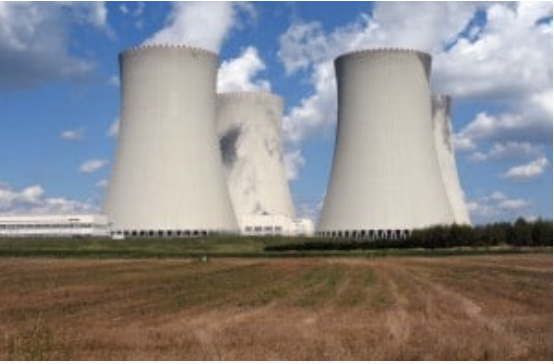The rise of nuclear power
The world is steadily increasing its nuclear power capacity. Today, there are over 435 nuclear power reactors, with around 60 under construction in 13 countries including Hinkley point C in the UK.
Some MPs are now calling for a “Plan B” in case the nuclear development plans don’t deliver. Challenges, including extreme upfront costs of building power stations and opposition to
nuclear energy, could threaten plans to build 16GW worth of nuclear capability. Tim Yeo, chairman of The Climate Change Committee, said recently, “If new nuclear power stations are not built on time, our legally-binding climate change targets will be extremely challenging and much more expensive to meet”.
With pressure on the nuclear power industry to provide enough energy to meet climate change targets, the focus is on low-cost running of the plants while keeping safety the top priority. Power stations are just one application where proper condition monitoring and predictive maintenance can have significant benefits, both in terms of saving money and in ensuring that plant is safe and stable at all times.
By using vibration sensing technology to anticipate problems, such as a component wearing to the point of failure, engineers can tackle issues in advance before they bring the whole plant to a stop. This technology is vital within power station cooling towers, as they need to be functioning at all times to maximise generation capacity and meet climate change targets.
